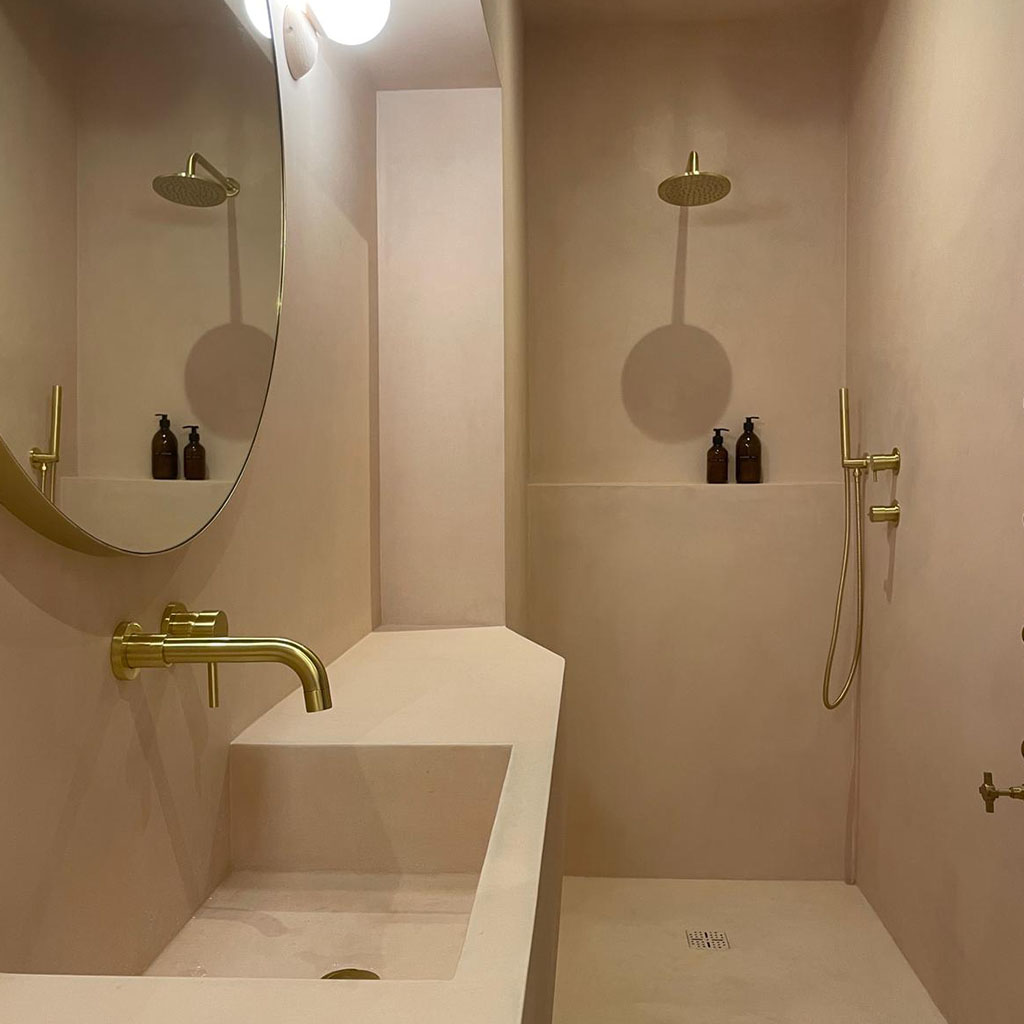
Microcement vs Tile: Why U.S. Designers Are Making the Switch
Share
For decades, tile has been the default choice for bathrooms, kitchens, and flooring in the United States. But a new contender has arrived: microcement. Already dominating Europe, microcement is quickly becoming the modern alternative to tile in U.S. homes and commercial projects. Here’s why.
1. Seamless, Modern Look
Unlike tile, which leaves grout lines, microcement creates a smooth, joint-free surface. This makes it perfect for modern interiors, minimalist bathrooms, and open-concept living spaces.
2. Waterproof Performance
Traditional tile relies on grout and sealants, which can wear down over time. Forcrete microcement USA is waterproof straight from the trowel—making it ideal for showers, wet rooms, and high-moisture environments.
3. Flexibility and Durability
Tiles can crack if the substrate shifts. Forcrete microcement is designed to flex and move with the surface, resisting cracks and delivering long-lasting performance.
4. Endless Design Options
Microcement offers a variety of finishes—matte, satin, or polished—with dozens of colors and textures. It can even replicate concrete, stone, or plaster. Tile options are limited in comparison.
5. Faster Installation
Installing tile requires demolition, mortar, grouting, and sealing. Microcement is applied directly over existing surfaces, saving both time and labor.
Conclusion
Tile has long been the standard, but microcement USA is rewriting the rules for modern design. With seamless beauty, waterproof durability, and faster installation, Forcrete microcement is the smart choice for architects, designers, and homeowners looking to elevate their spaces.
